Kachemak Bay/Cook Inlet Alaska Oceanographic Monitoring
The Need
Measuring oceanography and plankton in lower Cook Inlet and Kachemak Bay helps scientists and resource managers understand how changing environmental conditions affect species injured by the 1989 Exxon Valdez oil spill and coastal ecosystem food webs over the long term. Data and information products support agency management for spill-injured species, to detect climate changes that may affect those species and lead to ecosystem regime shifts, and characterize and document year-round marine conditions for other scientists who monitor nearshore intertidal, fish, marine mammal, and bird populations.
The AOOS contribution is part of a project embedded within the Exxon Valdez Oil Spill Trustee Council (EVOSTC) Gulf Watch Alaska (GWA) Program, and supports other AOOS efforts in monitoring ocean acidification and harmful algal blooms (HABS). Routine oceanographic observations in Cook Inlet and Kachemak Bay are a high priority to the public and numerous stakeholders including NOAA offices, Alaska Department of Fish and Game, Kachemak Bay National Estuarine Research Reserve (KBNERR), Bureau of Ocean Energy Management (BOEM), Cook Inlet Regional Citizens Advisory Council, Cook Inletkeeper, The Nature Conservancy and Kenai Peninsula Fish Habitat Partnership.
Oceanographic data collected in Kachemak Bay are helping expand a pilot harmful algal bloom risk assessment tool of keen interest to AOOS and the Alaska Harmful Algal Bloom Network. Observing data are also critical for developing decision support tools that evaluate risks from climate change, oil spills, ocean acidification, invasive species, and pathogens. The project also provides data useful for model validation, in particular for the NOAA National Ocean Service Cook Inlet Operational Forecast System.
Project Location
Sampling occurs across- and along-bay transect lines in Kachemak Bay and in southeast Cook Inlet, and at nearshore sites in Seldovia Harbor, Kasitsna Bay, Homer Harbor, and a mooring in Bear Cove near the head of Kachemak Bay.
Project Details
Monthly boat surveys are conducted year-round to collect oceanographic data from the surface to the bottom at repeated stations along transects in Kachemak Bay and lower Cook Inlet. Additionally, zooplankton and phytoplankton tows are conducted, and opportunistic seabird and marine mammal observations are recorded. Sensors are also installed to collect continuous water quality data year-round at two sites in Seldovia and Homer harbors, and in ice-free months at a mooring in Bear Cove. Routine collection of phytoplankton samples are conducted at the Kasitsna Bay Laboratory dock.
Project Highlights
The importance of having a historical basis of oceanographic data for time series analysis was emphasized by the dramatic warming of the northeast Pacific (including Kachemak Bay) starting in late 2013 and continuing through 2016 (the Pacific marine heat wave or “Blob”). Ocean monitoring data from Kachemak Bay was used with observations across the northern Gulf of Alaska to help understand changes in fish, seabird and marine mammal populations during the marine heat wave, along with increases in potentially toxic algae and paralytic shellfish poisoning events. Oceanographic monitoring in Kachemak Bay in late 2018 and early 2019 is also showing that waters in the region were again anomalously warm. Other highlights include:
- Salinity observations indicate that the reductions in freshwater inputs from lack of rain during dry periods were balanced by increased inputs of glacial meltwater associated with the persistent sunny weather and warm summer air temperatures.
- While warm temperatures persisted from 2014 to 2015, the biological response was much more dramatic in 2015. Seabird and sea otter mortalities were extensive and, in September 2015, the first paralytic shellfish poisoning event and oyster farm closures in over a decade occurred in Kachemak Bay.
- The abundance of Alexandrium and Pseudo-nitzchia species were quantified from phytoplankton tows, and shellfish tissues from samples collected around Kachemak Bay were analyzed for paralytic shellfish poisoning (PSP). The toxic phytoplankton that causes PSP (Alexandrium spp.) were observed to be present in Cook Inlet and Kachemak Bay during each year of the project, with maximum cell concentrations increasing with warmer than average water conditions in 2014-2016 and decreasing with cooler conditions in 2017 through summer 2018.
- Despite persistent Pseudo-nitzschia blooms in May-July 2019, elevated domoic acid levels in tested shellfish tissues were not observed, which is consistent with results from previous years.
Publications and Professional Presentations
- Doroff, Angela and Kristine Holderied, 2018. Long-Term Monitoring of Oceanographic Conditions in Cook Inlet/Kachemak Bay to Understand Recovery and Restoration of Injured Near-shore Species. Exxon Valdez Oil Spill Long-Term Monitoring Program (Gulf Watch Alaska “2012-2016”) Final Report, 55p. http://gulfwatchalaska.org/wp-content/uploads/2019/01/16120114-G-Doroff-and-Holderied-2018-Final-Report-amended-12.20.18.pdf
- Holderied, Kristine, and Dominic Hondolero, 2016.Oceanographic and ecosystem response to the 2013-2015 Pacific Warm Anomaly in Kachemak Bay Alaska. Poster Presentation at the Second 2014-2016 Pacific Anomalies Science and Technology Workshop, Seattle, WA. (http://www.nanoos.org/resources/anomalies_workshop/workshop2/docs/posters/Kris_Holderied-Poster.pdf)
- Vandersea, M. W., S. R. Kibler, P. A. Tester, K. Holderied, D. E. Hondolero, K. Powell, S. Baird, A. Doroff, D. Dugan, and R. W. Litaker. 2018. Environmental factors influencing the distribution and abundance of Alexandrium catenella in Kachemak Bay and lower Cook Inlet, Alaska. Harmful Algae, 77:81-92. https://doi.org/10.1016/j.hal.2018.06.008
- Vandersea, M.W., S.R. Kibler, S.B. Van Sant, P.A. Tester, K. Sullivan, G. Eckert, C. Cammarata, K. Reece, G. Scott, A. Place, K. Holderied, D. Hondolero, and R.W. Litaker. 2017. qPCR assays for Alexandrium fundyense and A. ostenfeldii (Dinophyceae) identified from Alaskan waters and a review of species-specific Alexandrium molecular assays. Phycologia 56:303-320. https://doi.org/10.2216/16-41.1
- Walsh, J. R., R. Thoman, U. S. Bhatt, P. A. Bieniek, B. Brettschneider, M. Brubaker, S. Danielson, R. Lader, F. Fetterer, K. Holderied, K. Iken, A. Mahoney, M. McCammon, and J. Partain. 2018. The high latitude marine heat wave of 2016 and its impacts on Alaska [in “Explaining Extreme Events of 2016 from a Climate Perspective”]. Bull. Amer. Meteor. Soc. 99 (1). S39-43. https://doi.org/10.1175/BAMS-D-17-0105.1
Resources
Gulf Watch Alaska Reports
All the Annual GWA Reports 2012-2019 and the Science Synthesis Reports for GWA are available here: https://gulfwatchalaska.org/resources/reports-and-documents/2016-2-2/
Media Stories Related to the Project
KBBI Live Stream: World Cafe
https://www.kbbi.org/post/now-blob-over-scientists-are-eager-assess-its-impact#stream/0
KTTO Public Radio:
Alaska Daily News
https://www.adn.com/opinions/2017/07/10/emptied-tide-pools-tell-the-story-of-kachemak-bays-disrupted-ecosystem/
